Have you ever wondered what it is like to be poor in Asia? Asia is a wildly diverse place. From bustling modern cities to remote island paradises, daily life varies greatly. But economic status drives much of one’s everyday experiences, regardless of where you live.
While Asia has made monumental strides in poverty reduction, deep pockets still exist. According to the World Bank, 256 million people still live in extreme poverty in South Asia and 71 million live in extreme poverty in East Asia and the Pacific. Those are the places where Compassion works, including communities in the Philippines, Bangladesh, Sri Lanka, Thailand and Indonesia.
The day-to-day routines in the communities still grappling with extreme poverty can be vastly different from those of other parts of Asia and from our experiences in North America. Here’s a peek into what millions of people experience each day.
For those in poverty in Asia, the day often starts with fire.
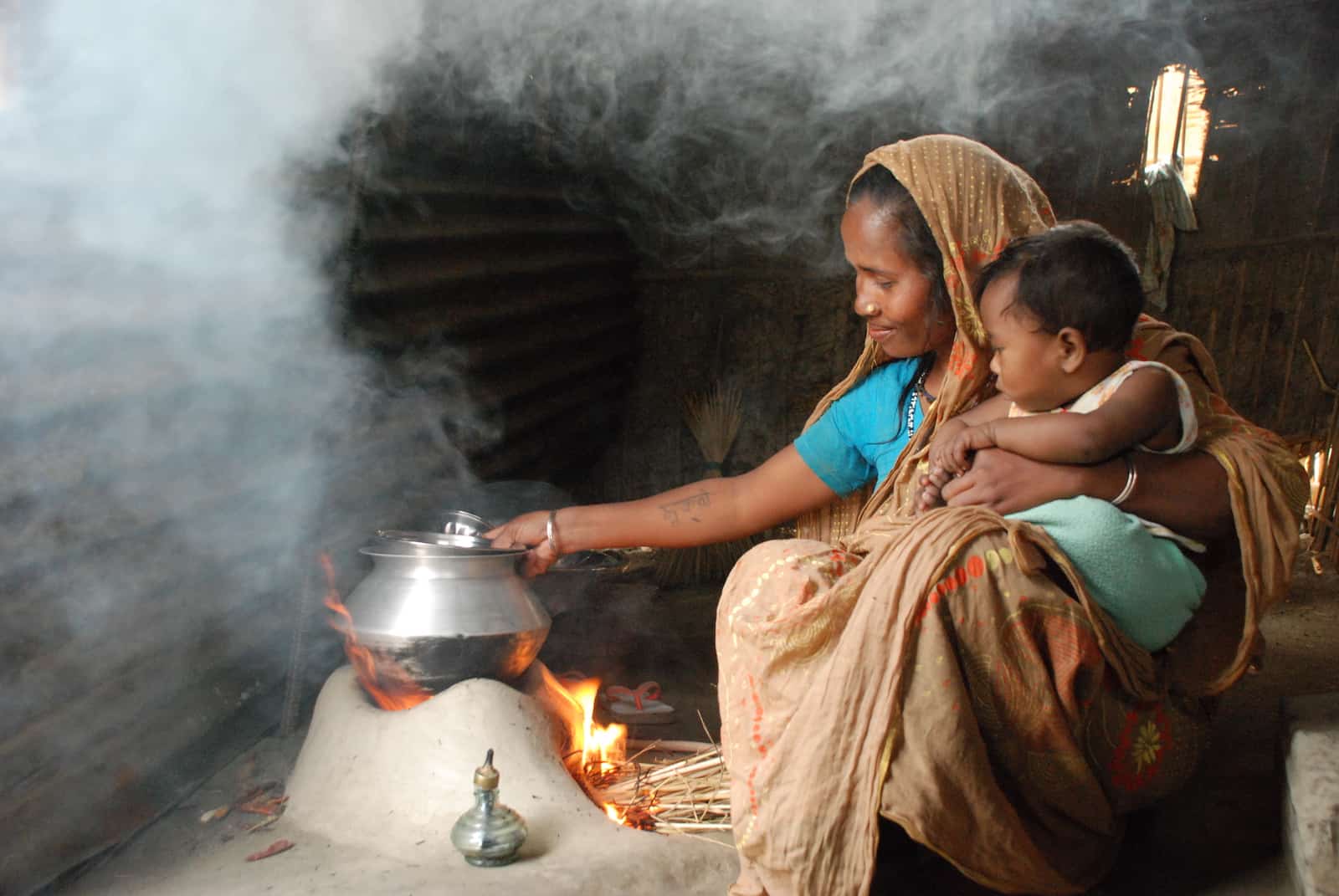
Like Suku, a mom in Bangladesh, many of the extreme poor in Asia don’t have access to electricity at home. These families start their day by lighting a fire in their kitchen so they can cook their daily meal — often rice or another basic staple. Many children will gather wood or kindling in the area surrounding their home to help start the fire. Tragically, millions of people die each year globally because of the impact of indoor air pollution from cooking inside.
Finding water is a big part of each day.
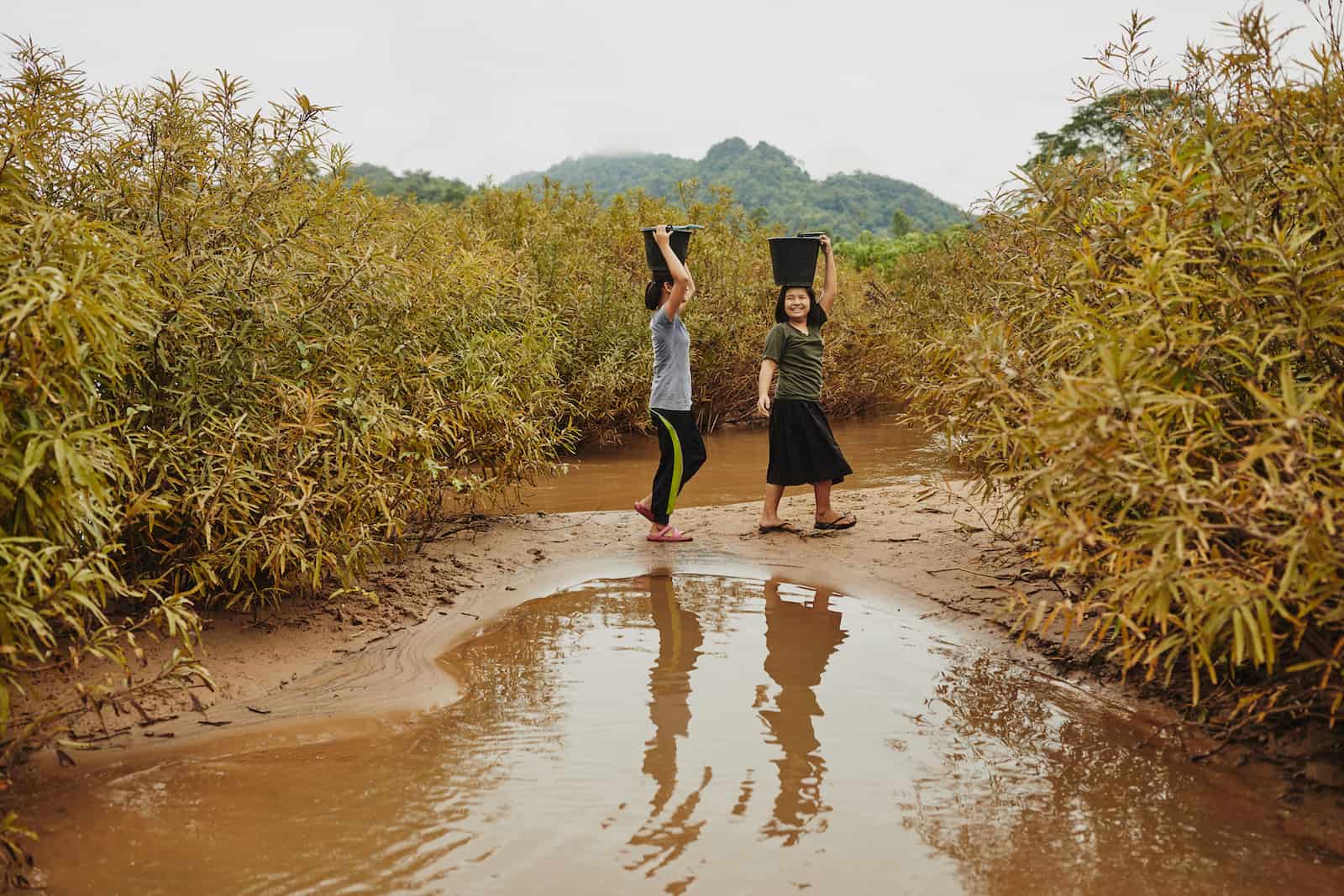
Some families living in poverty in Asia have access to water piped to their homes, but others must gather water themselves. Women or children will visit a well or other water source twice a day to have enough water for cooking, cleaning and washing. Sometimes, families will then boil the water they gather to ensure it’s safe to drink. These girls, Mue-ngaetoo and Ae-plaetoo from northern Thailand, gather water at a stream, and then run the water through a filter they received from Compassion to ensure it’s safe to drink.
Children who can, attend school each day.
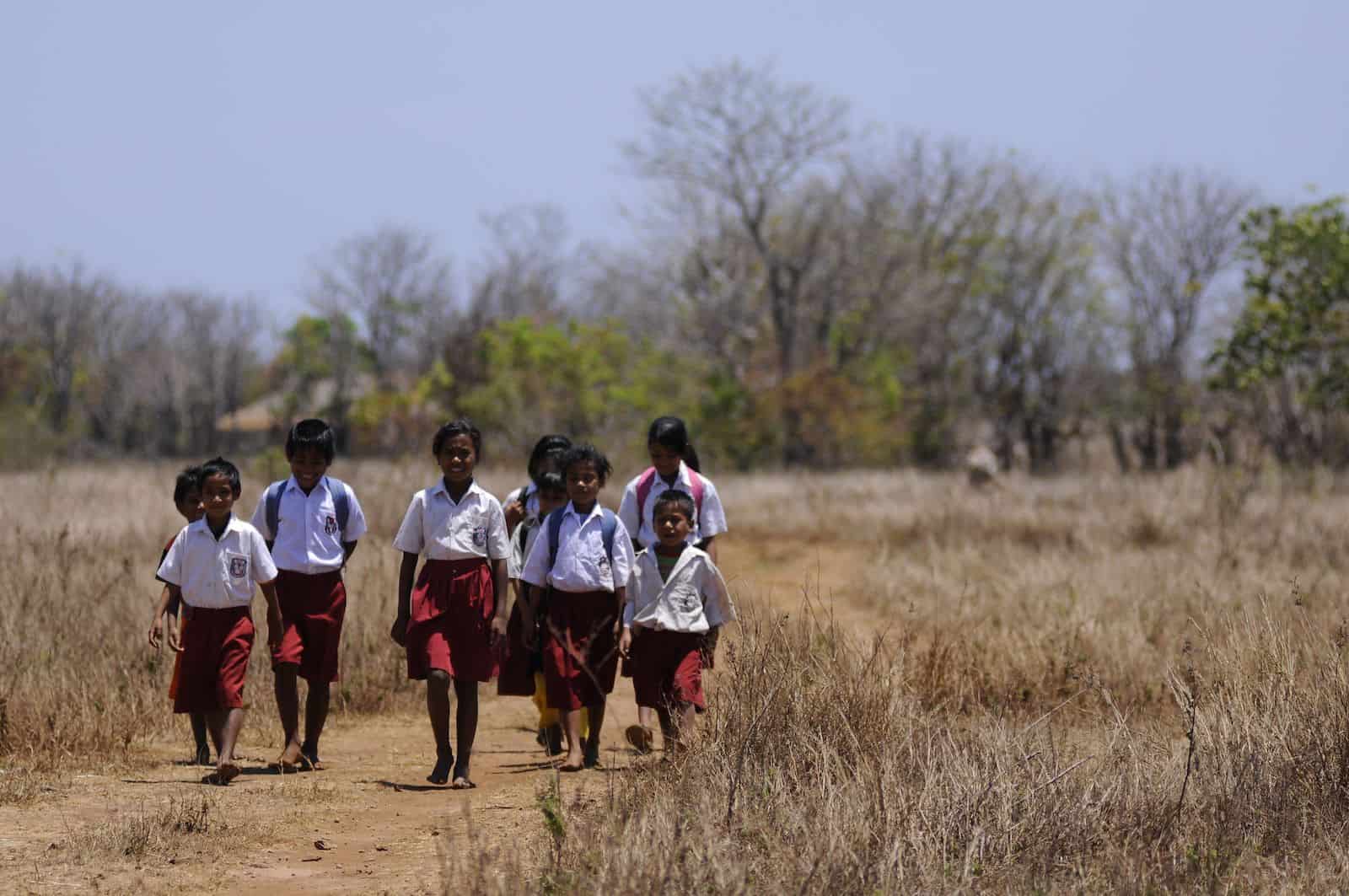
Although the majority of children attend primary school in the countries where Compassion works in Asia, the numbers of those enrolled drops dramatically in secondary school. Families can’t afford the tuition and fees, so many youths begin to help support their families as adolescents. Often children take long journeys to school, like these children in Kamalapia, Indonesia, who walk 4 miles each way!
Many parents work as day laborers on other people’s land.
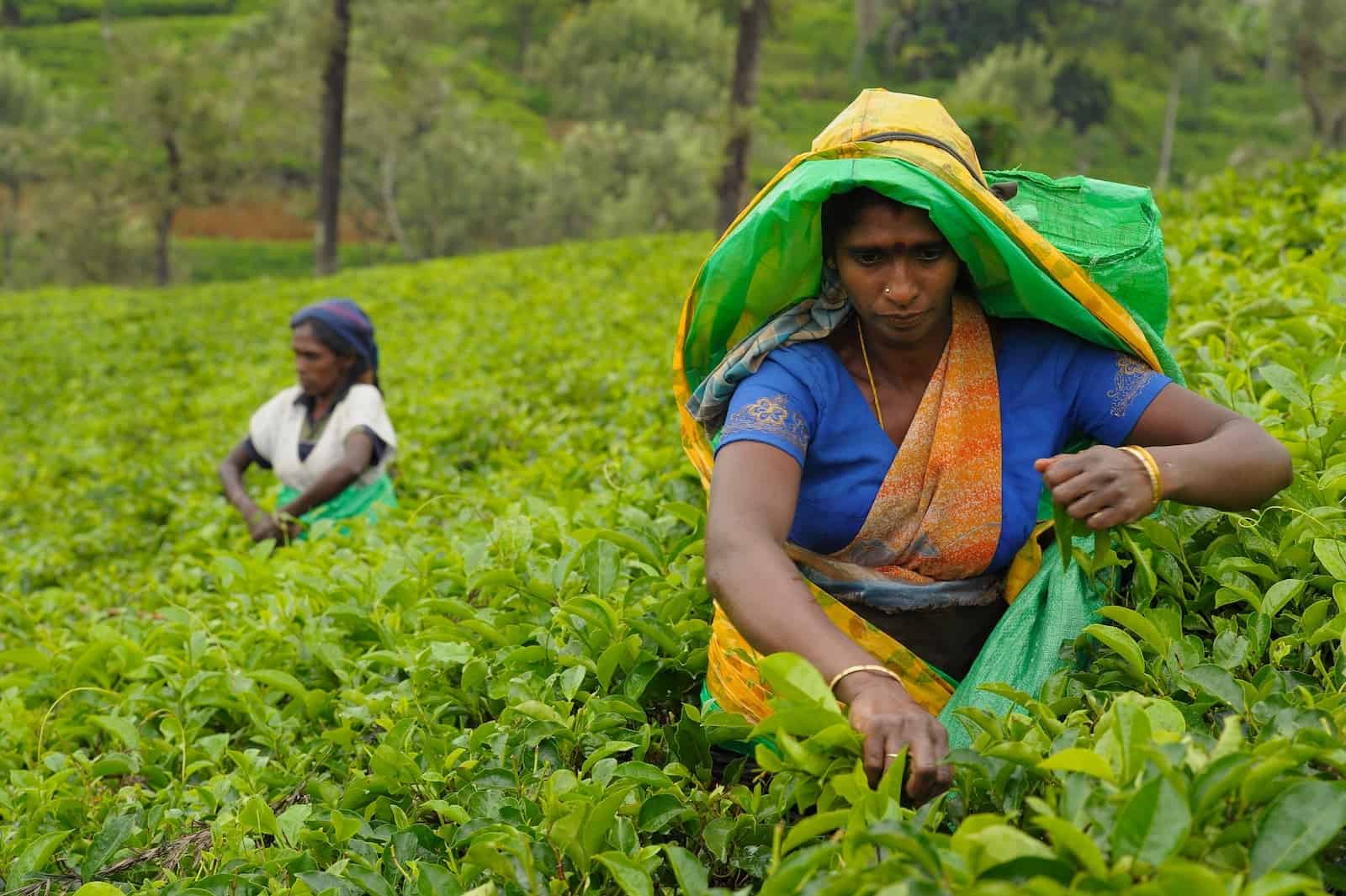
A common occupation of people who live in extreme poverty in Asia is working as laborers on farms or plantations. Parents can earn between $2 to $6 a day, but the work is seasonal and brings instability to the family during the off-seasons. Here, a woman picks tea leaves on a plantation in Sri Lanka, carrying a bag with the plucked leaves strapped around her head.
Many fathers work as fishermen.
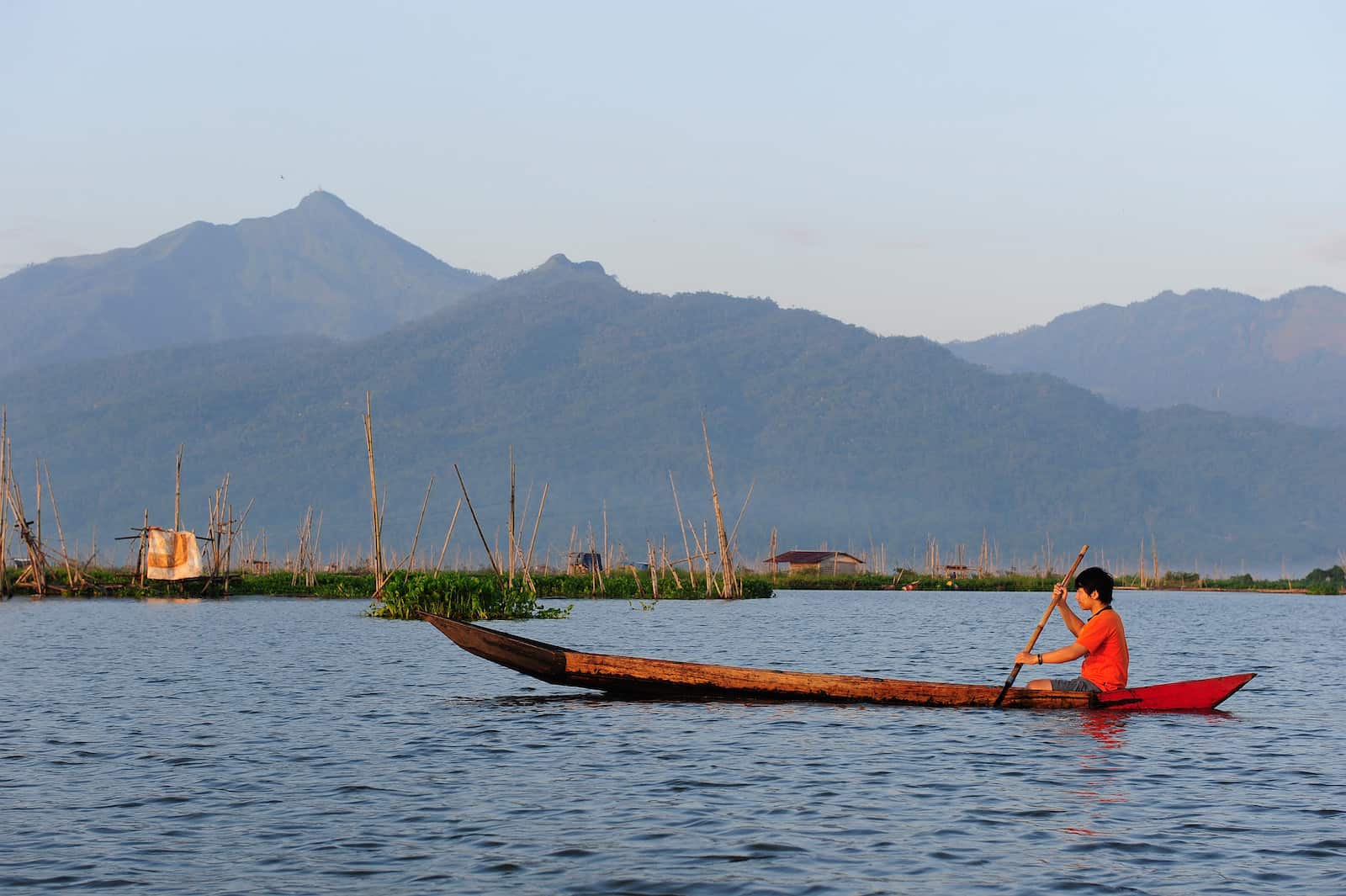
Many dads of Compassion-assisted children in Asia work as fishermen. Depending on the method, the work can be dangerous and can take dads away from their families for long periods of time. Andistya, a Compassion-assisted youth in Indonesia, fishes part time to supplement his family’s income.
Many people living in poverty in Asia work as petty traders.
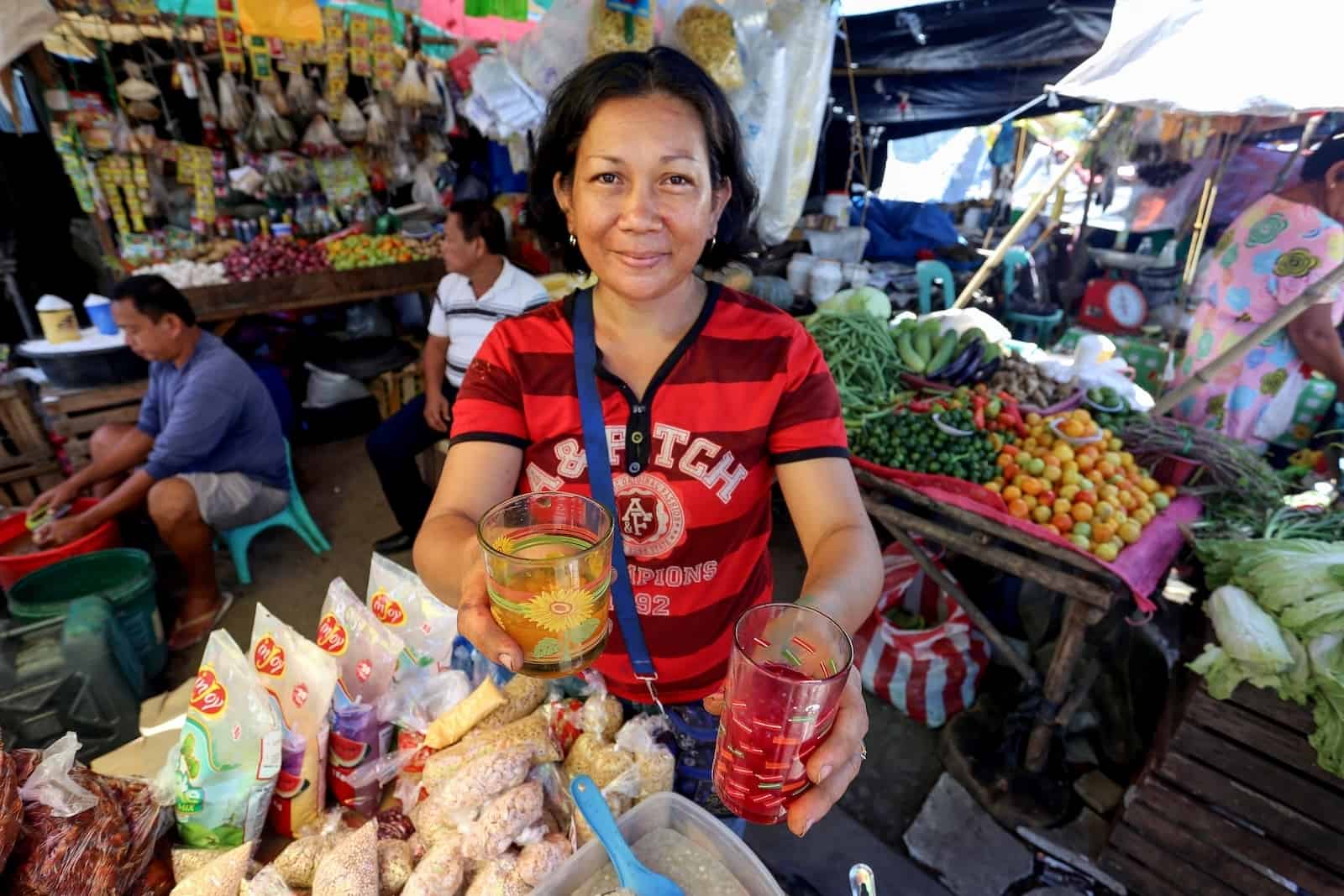
Many parents of Compassion-assisted children in Asia make their living selling various items in markets or on the streets. If they have a larger business, they may make several dollars a day, but other parents make barely enough to feed their children. Narcissa, a mom of a Compassion-assisted child in the Philippines, has been selling food in the market since she was 14. Through the support of donors, she has been able to expand her business selling fruit drinks.
Many urban families live in densely populated communities.
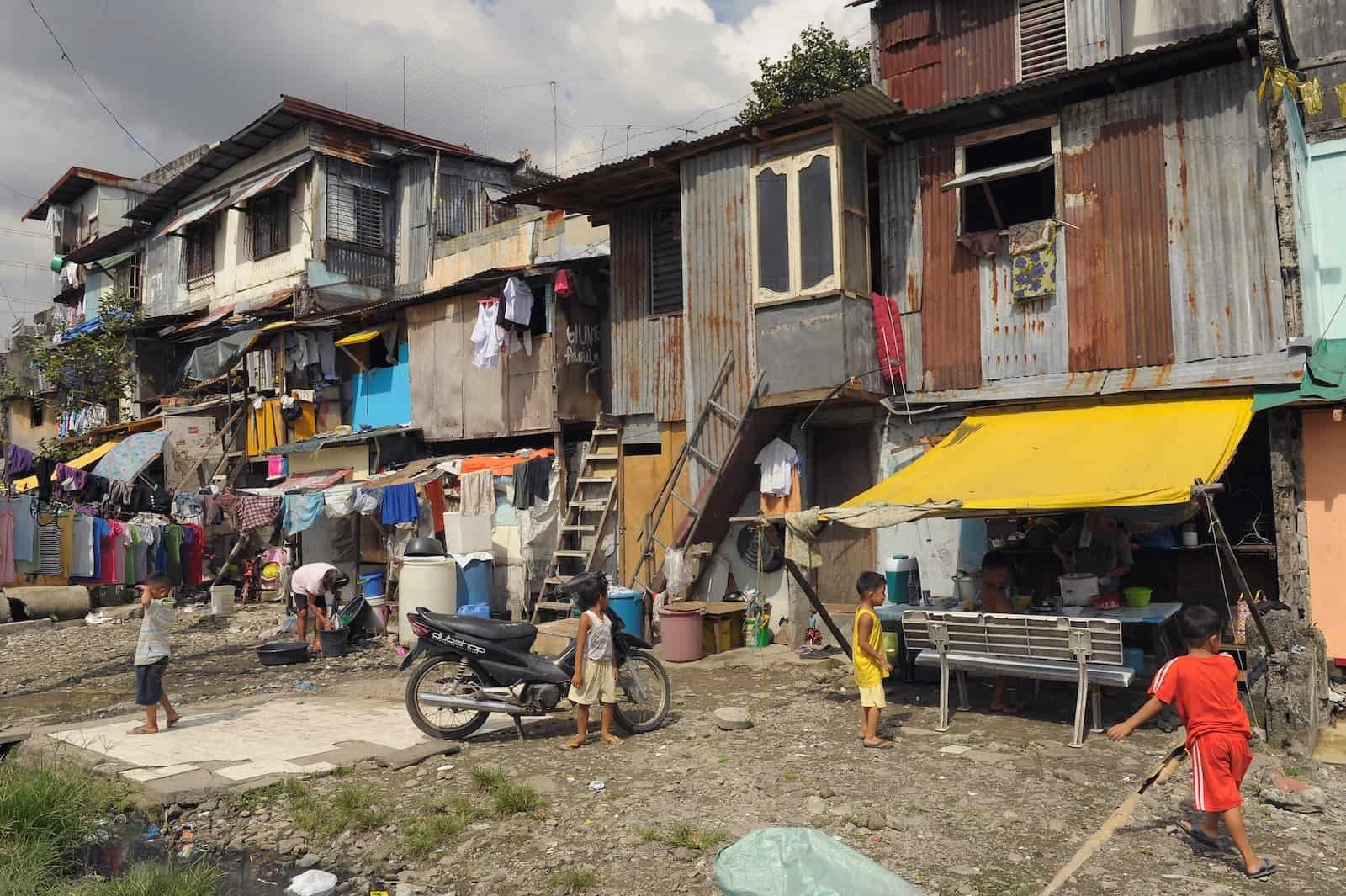
In urban poor areas in Asia, families live in densely populated slums in large cities, such as this community composed of makeshift homes in the Philippines. While these communities sometimes have more basic services, such as improved water sources and electricity, they often face other social issues, such as drug use, crime and prostitution. Fires can also race through the slums, quickly destroying many homes.
Some rural families live in simple bamboo or woven homes.
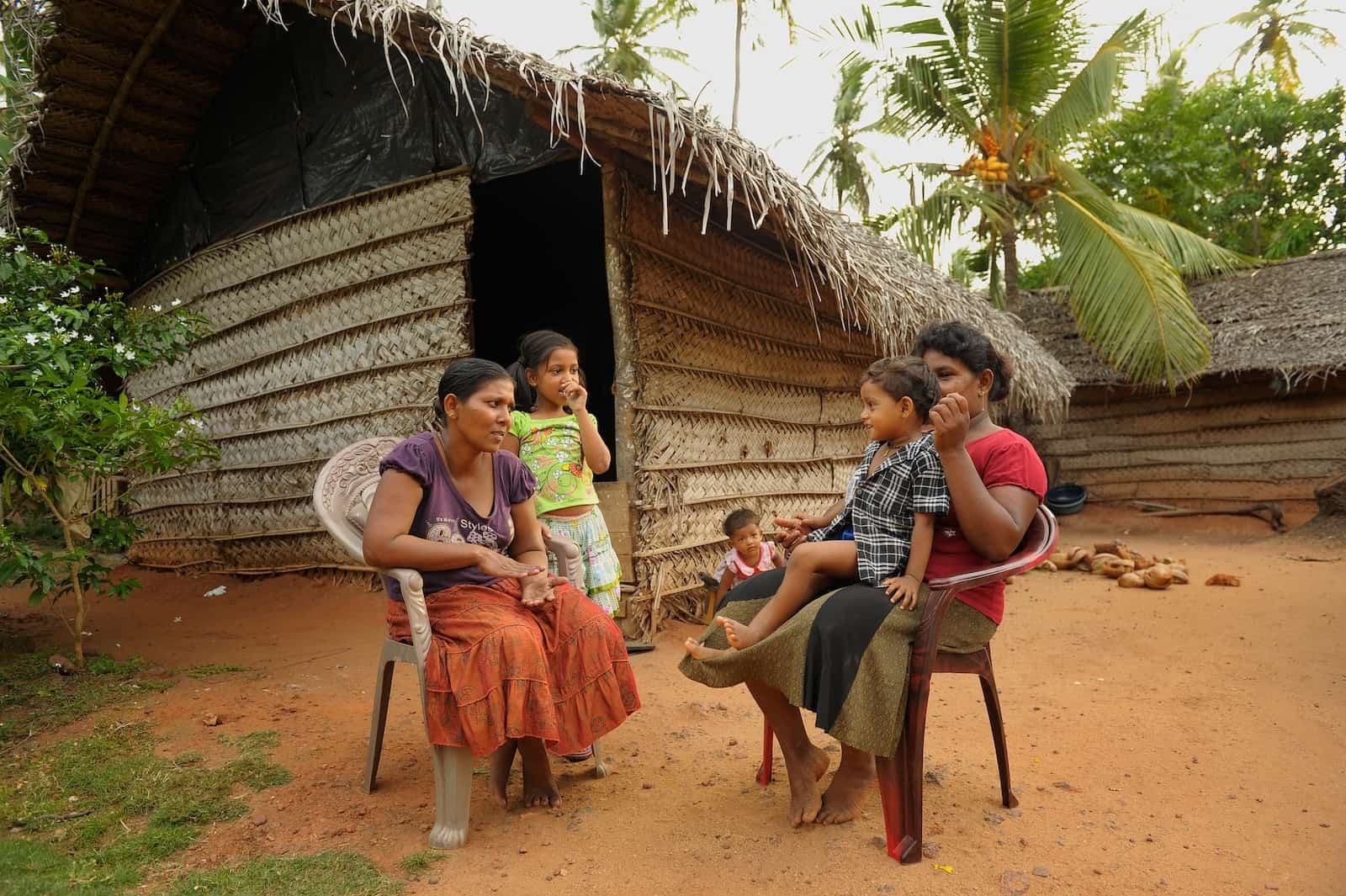
In rural areas, families in extreme poverty in Asia live in simple homes, like this one in Sri Lanka where sponsored girl Naiduva lives with her family. Often homes are made with mud, are woven from palm leaves or are made from bamboo. Sometimes, the roofs are made from thatch, which has to be replaced regularly. Thatched roofs and dirt floors can contribute to insect infestations and diarrhea, which can lead to chronic illness in families. They are also extremely vulnerable to natural disasters.
Bedtime can look a variety of ways for those in poverty in Asia.
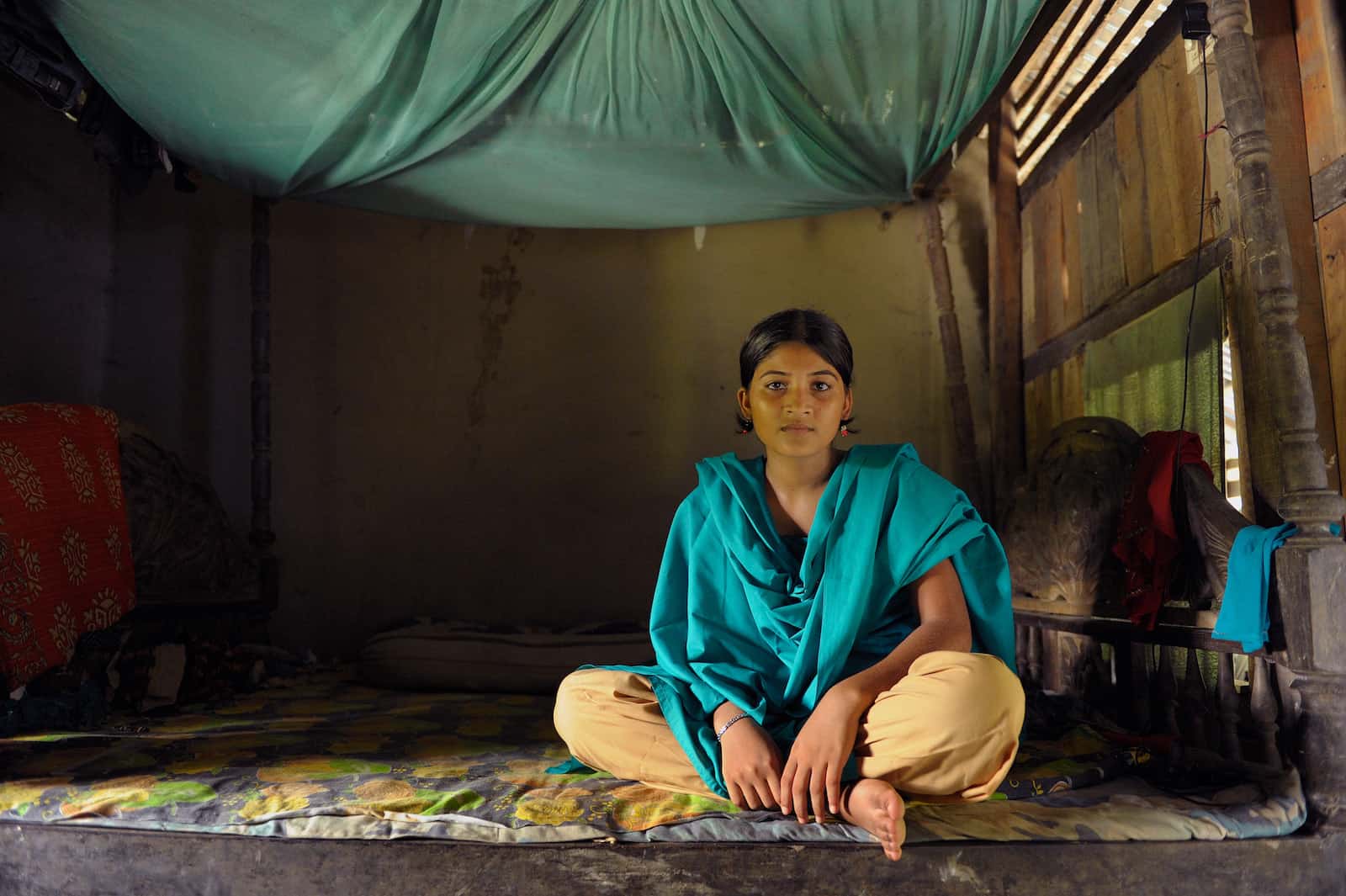
Some people living in poverty in Asia sleep in traditional beds with mattresses. Others sleep on the floor with a blanket or a mat. Others still, like Laboni from Bangladesh, sleep on a bedframe, without a mattress, but with blankets for cushions. Some families will sleep several people to a bed.
Let’s commit to praying for children in poverty each day!
As you go about the various aspects of your day, from cooking your meals to getting into bed at night, consider praying for the child you sponsor, whether they live in Asia or elsewhere. Think about how they might carry out the various tasks of their day, and what it’s like to live in poverty. Then pray that God would be protecting them in their daily life — hemming them in behind and before.
“You hem me in behind and before, and you lay your hand upon me.” — Psalm 139:5 (NIV)
Learn how sponsorship can totally transform a child’s life!
Photos by Ben Adams, David Adhikary, Chuck Bigger, Edwin Estioko and Tonny A. Tunya; a version of this article was originally published by Compassion Canada.
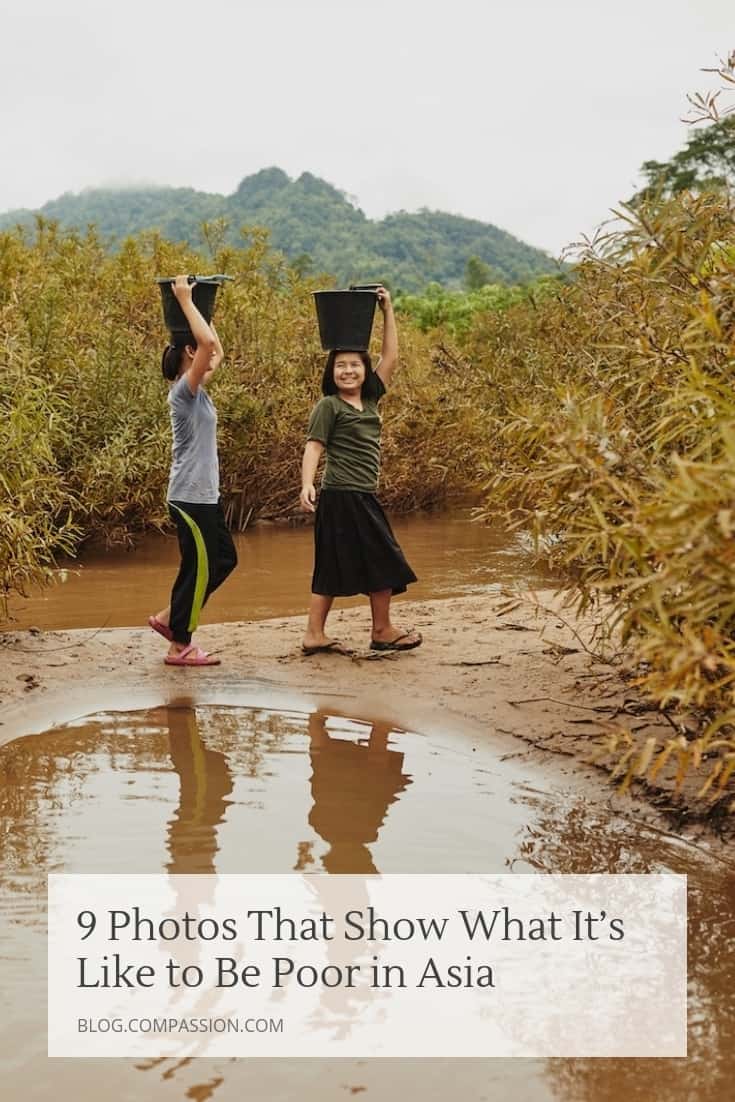

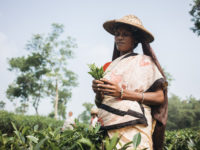
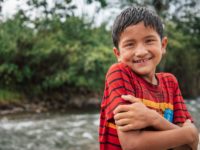



7 Comments |Add a comment
My husband and I sponsor a child in Indonesia named Melda. It’s such a precious thing how sponsorship provides the little things we take for granted. Through Compassion, we have become missionaries to Melda, her family, and in many ways, to her village. The letters we receive from her are precious, and they connect us even though we are over 10,000 miles apart. Thank you Compassion for you beautiful outreach to these amazing children!
Terimakasih banyak … Lynn
Hi Lynn! We are truly grateful for the difference you’re making in Melda’s life through your support, prayers, and encouraging letters! 💙
Nice words it encourage me to share the love of Christ
What is life like for my 6 yr old sponsored child in Peru?
He is cared for by his unemployed grandmother.
Apakah untuk berdonasi atau mensponsori anak harus lewat kartu kredit atau boleh dengan cara yang lain untuk transfer uangnya?
Halo Vivi! Pertanyaan bagus Kami menerima cara lain untuk menyumbangkan uang. Apakah Anda tertarik mensponsori seorang anak? Apakah Anda ingin tahu bagaimana Anda bisa memberi? Silakan kirim email kepada kami ke [email protected], dan kami akan dengan senang hati membantu Anda lebih lanjut di sana! -Sierra
I see I must involve myself in the gospel.
When I was hungry, thirsty, naked, sick, unemployed, with child, I desire the spreading of the gospel to the ends of the Earth.